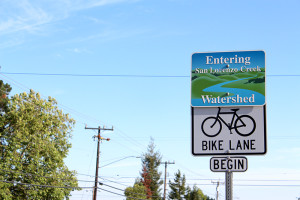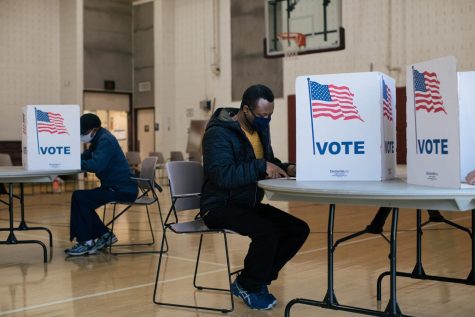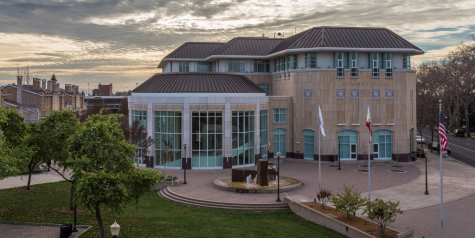San Leandro Looks to Restore Creek

reintroduce natural wildlife.
Two things became clear Monday night as Councilmember Michael Gregory furnished the stage for speakers to present their plans to the council: the city wants to do something with the San Leandro Creek, yet no one knows how to fund it.
Gregory stated that he has been working on the project for two years, which would see the restoration of the San Leandro Creek and the potential construction of a trail would connect the Bay Trail to the Ridge trail. The proposed trail would run along the creek and start from Lake Chabot and end at the Martin Luther King Jr. Shoreline.
As the city and the downtown area continue to develop, Gregory said a “boom” will occur from the influx of technology firms that the city hopes will relocate to the area. The city hopes to attract tech giants and startups as its newly installed high-speed fiber optic internet capabilities continue to develop.
“It’s going to spur economic development, and it’s going to make the city more desirable,” said Gregory.
Gregory was joined by Robin Freeman, head of the Environmental Science department at Merritt College and Susan Levenson of Friends of San Leandro Creek.
Construction of the 6.3-mile trail through San Leandro would be simple, said Freeman, because 80 percent of the creek is already traced with trails. The issue of constructing a trail would be a matter of connecting them and making them more uniform.
Their main goal is to restore the natural wildlife back to the San Leandro creek. Invasive tree species, such as Eucalyptus and Cedar, grow along the creek.
An increase in water levels would make it habitable once again for Rainbow Trout, Freeman explained, which live near the Chabot Dam where there are higher water levels.
“Current estimates say it would take just about 5 inches of water to have both winter fish passage and healthy populations of fish throughout the creek,” said Freeman.
To ensure a steady flow of water into the stream, Levenson suggested that the Chabot Dam release a quantity of water more in line with what the river would experience naturally. She blamed East Bay MUD for the problem, stating that they have released water “as they see fit.”
“Sensitive species, such as our native trout, cannot survive with this sporadic water supply. Our goal is to partner with East Bay MUD to restore water releases more similar to historical flows,” said Levenson.
Frank Mellon of East Bay MUD refuted the claim, saying that historically it was not possible to determine the natural flow of the river, due to intermittent droughts and floods that have occurred in the state’s history.
While Mellon stated he supports the idea, he doesn’t feel it would be fair to ask East Bay MUD to pay the majority share of the money needed to restore the creek. East Bay MUD gets most of its funding from taxes, and Mellon stressed that the project would only work if the groups working on the creek raised the necessary funds through grants, like previous creek restoration projects have done.
“To the extent that East Bay MUD would be the sole funder of [the restoration project], that comes out of every one of you as a rate payer, and the city as well,” Mellon explained to the council.
After the presentation was over, Mellon expressed privately that he thinks if the city chooses to pursue the project, which he viewed as costly and time consuming, the funds should come primarily from the city’s Recreation and Human Services department should the project not receive enough funding through grants.
“The department of parks and recreation had an obligation as stewards to see to it that that creek was maintained in some sort of reasonable fashion,” said Mellon. “You should go for a walk to see how that park has been maintained. I’m sorry — they ain’t done their job.”
East Bay MUD will meet with the Recreation and Human Services department on June 20 at Chabot Regional Park to discuss upcoming seismic upgrade project to retrofit the Chabot Dam in the event of a future earthquake. The Chabot Dam is the source of the San Leandro Creek.














